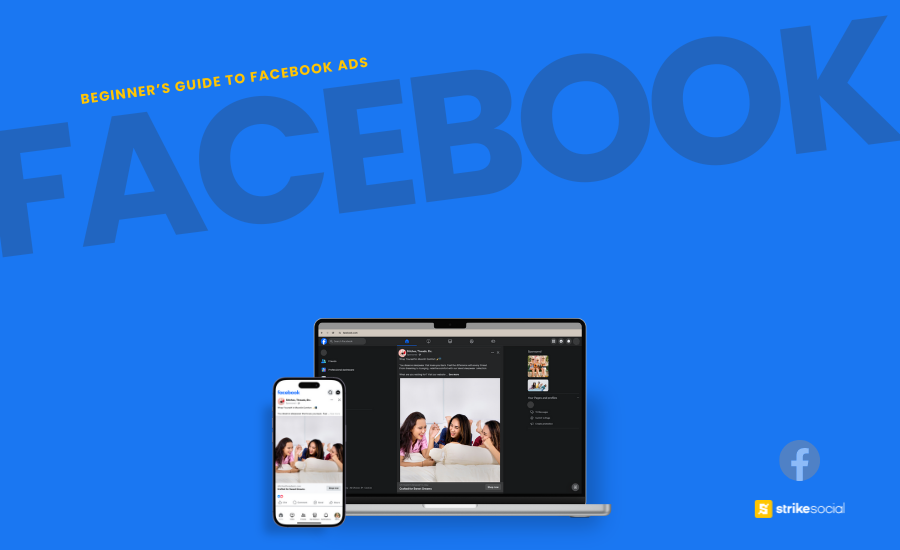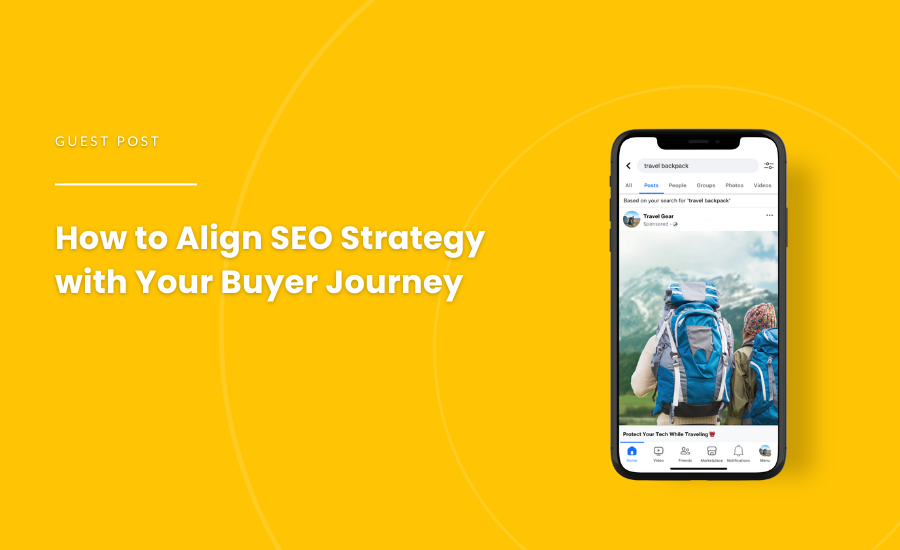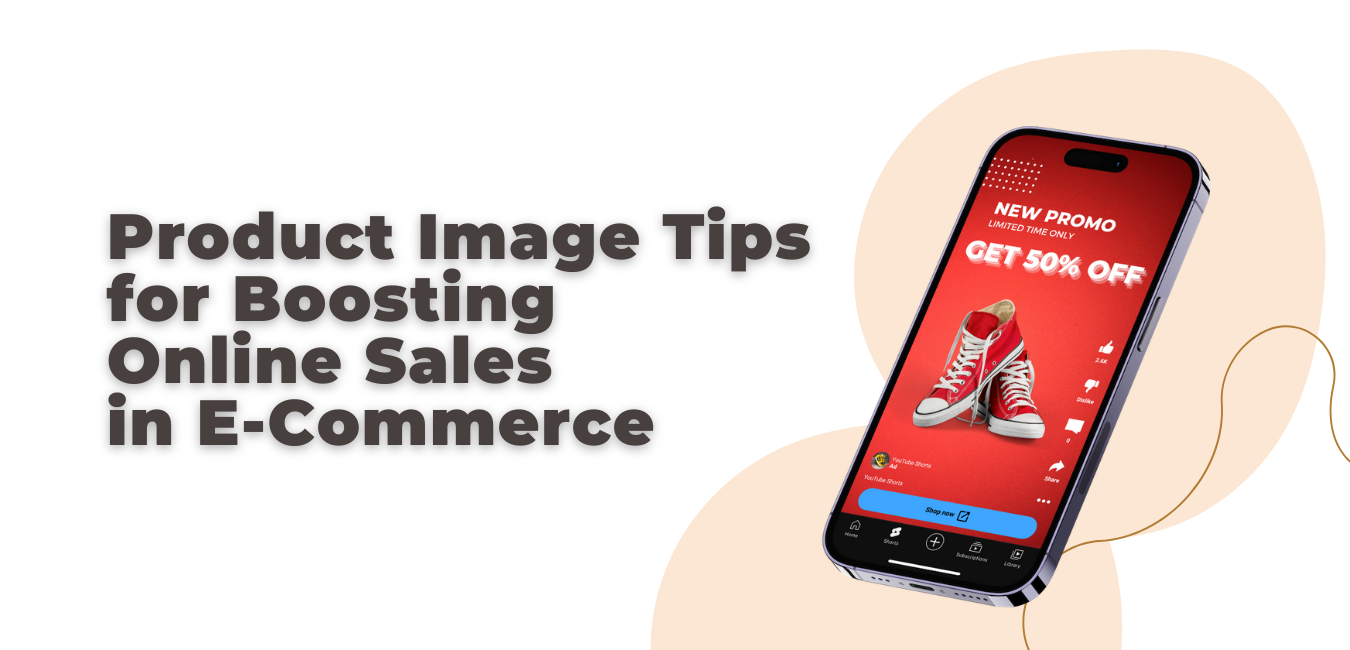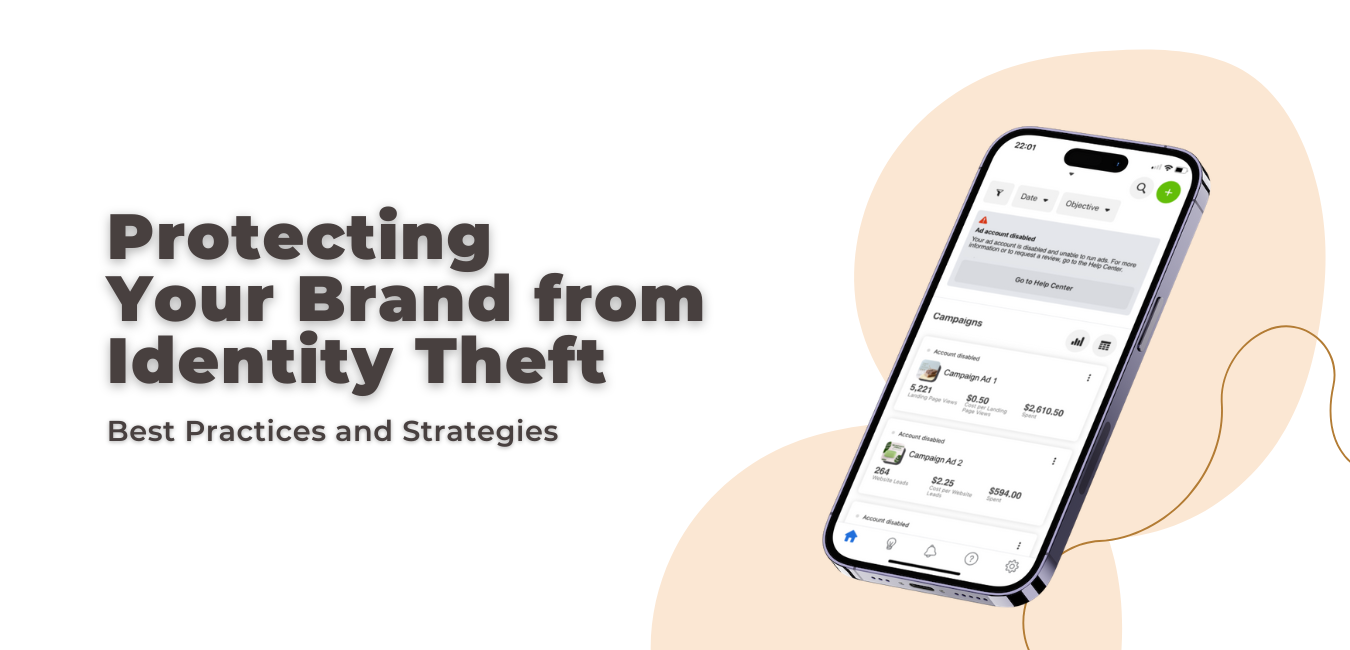The concept of advertising is nearly as old as commerce itself. Wherever businesses compete, there’s a need to get your brand noticed. But advertisement as an industry is one of continual change. With the advent of the digital age, there’s been a greater focus on quantifying ad effectiveness, and attention-based metrics are an up-and-coming way to do just that.
The economist Herbert Simon predicted attention’s role when he coined the term “attention economy” in 1971 – decades before the emergence of the digital age.
Nowadays, modern technology enables us to measure consumer attention in ways we couldn’t before. In this context, “attention” means the extent to which a customer views or listens to an ad when they’re exposed to it.
But what is attention in digital marketing, and how can attention metrics be used to boost your campaigns? Let’s find out in this guide.
The Problem With Other Digital Advertising Measurements
Attention-based metrics are not the only tool a marketer can use to determine the effectiveness of a campaign or broader strategy. Below are some other popular metrics, alongside why they might not give you the full picture of your performance.
Impressions and Viewability
Simply put, impressions are the number of times your ad has been loaded. So, each impression is an opportunity for your web domain ad to be seen by potential customers.
On the other hand, viewability is a metric that quantifies the likelihood of your ad being seen. For an impression to be considered viewable, it must be seen for at least one second, and at least 50% of its pixels must be visible on screen.

Using tools like Meta Business Suite, you can track the number of impressions and levels of viewability. For example, you can see how many impressions your ad has received in a specific amount of time. If your Facebook following is only in the hundreds, you might deem this a successful advertising campaign based on this metric alone. It also gives you a measurement to gauge future ads against.
But while these metrics are straightforward and give a clear idea of how many people see your ads, they’re not very useful for telling how many people actually engage with them.
That’s because it’s easy for attention-based metrics to provide a skewed picture. People might see the same uninteresting ad repeatedly, throwing off impressions. Or they might step away from their device with the browser still open on a webpage. This would cause apparent viewability to skyrocket, despite the complete lack of user attention.
Click-Through-Rates (CTR)
Let’s say you’ve recently set up a new service. You’ve managed to build your website and start growing traffic, but are seeing few of these visits convert into actual purchases. What can you do?
Since viewable impressions don’t account for engagement, you might turn to click-through-rates as an alternative. These are exactly what they sound like: the number of people actually clicking on your ads to follow their links.
CTR can be a useful measure of ad effectiveness, but it’s still a flawed methodology compared to proper attention-based metrics.
For one thing, CTR fails to show how much attention people actually pay. It can only tell you whether they clicked the ad, regardless of context. On top of that, it’s easy to click something by accident, especially on touch-screen mobile devices.
So, if you limit yourself to using this metric, you might not get to the crux of your issue and find out why your domain sales aren’t as high as you’d expect them to be.

Cost-Per-Thousand (CPM)
CPM is a bit of a confusing acronym for the uninitiated. It stands for cost-per-mille, as mille is verbal shorthand for a thousand. CPM is the level of financial cost to your business for every 1000 ad impressions.
Understanding CPM can be useful when creating advertising budgets. However, it can’t measure the overall performance and effectiveness of your ad – that is, how many people saw the ad in its entirety, absorbed the message, and took action.
That’s where CPM and other common advertising measurements fall short. They often measure metrics on the website or from a business’ point of view. However, they fail to recognize the actions and behaviors of consumers.

What Are Attention Metrics?
Unlike other measures of ad effectiveness, attention-based metrics are focused on the human side. As a result, they offer a more accurate view of how engaging your ad content actually is to your various audiences.
Measuring attention, however, requires a more involved process, since you’re gathering human behavioral data. This might involve, for example, an algorithm analyzing subjects via webcam and/or microphone. Although, since attention metrics are still an emerging concept, there isn’t a unified standard for how to measure it, and companies are also taking a variety of approaches to gather that information.
Attention-based metrics can be useful for developing lead generation strategies for e-commerce businesses. And that’s because you gain an in-depth understanding of your ad’s audience. Studying consumer attention can be a much more effective way of gauging their browsing and purchasing habits than simple web traffic data. And you can use this information to target new demographics.
You might notice that ads featuring certain kinds of products are better for growing your website traffic. For instance, a customized baking business might notice their ad about wedding cakes performs the best. With this data, the company can gauge consumer demand for such bakes. They can then conduct more digital ads along similar lines to compare metrics, and then choose to focus more on the wedding market for the future.
In this way, tracking these metrics can benefit your ad campaign development in the long-term. It gives you a clear path for investing in future online advertising campaigns, helping you narrow down your audience, market, and messaging. It can even guide business decisions such as branching out into a new market or focusing on a niche product or service altogether.
How to Gain and Measure Attention in Digital Advertising
There are already several established factors that drive human attention. If you want to put your best foot forward, it’s important to bear these in mind:
- Pixel space: The larger the ad, the more compelled we are to pay attention.
- Motion: Video content tends to be more engaging than a static image.
- Time: Short-form content is punchier, but long-form content has more detail.
- Placement: Some parts of a webpage are more likely to catch the eye.
- Interaction: Interaction with an ad boosts the likelihood of recall.
Tailor Ads to the Platform
Each platform has its own specifications, and you must be knowledgable and
With the right extension, it’s easy to annotate web pages with Google Chrome with notes and ideas, and this will enable you to create fresh and relevant content for each platform. You can add notes to tweak your YouTube video ads to use them in TikTok, for example.
Consider Active Time and Interactions
There are some simple metrics for attention to ads. They tend to suffer from some of the same issues we described in our first section, but the upside is you can study them “in the wild,” so to speak. For instance, the amount of time an ad is open in your active browser tab could be an attention-based metric.
There are also the interactions they have beyond simple click-throughs. So if a company like Only Domains ran a video ad to promote a new domain type, they might track the number of users fullscreening it. Similarly, they could run customer surveys through their ads and track the rates of response.
Conduct Lab-Based Studies
At its simplest, these methods involve studying eye movement with screen data to show whether people are looking. Facial coding even allows AI to study expressions to show how people feel while viewing your ads. That way, you’ll know whether they’re excited, bored, or just plain confused.
This can be particularly useful when it comes to A/B testing. For example, maybe you’re testing out some domain name hacks and different language ads to try and better appeal to international audiences. You can use a lab-based study to monitor which site not only attracts more visitors but also which is more engaging to each audience.

Attention-Based Metrics Are Still growing
Attention-based metrics can be incredibly useful for ensuring ad campaign effectiveness. But don’t forget that this is still an emerging form of analysis, and we don’t have a unified standard metric for consumer attention.
There is an upside, though: attention metrics have so much untapped potential left to discover. As more businesses embrace attention tracking for their ad campaigns, we’re bound to see some exciting innovations.
So, it’s clear that attention and engagement metrics, when used in tandem, will change the way we advertise. The only question is, how significant will that change be?
This article is written by Francis King, Head of Demand Generation at OnlyDomains, a domain management solution that offers global services and support that can be accessed from anywhere in the world. Francis has been a part of the team since 2009. He is our go-to guy for everything online advertising. Originally from Melbourne, Francis cannot go a day without lifting weights; he is considering taking on Jiu-Jitsu next. Here is his blog.
Have some great content up your sleeve? We invite you to reach out to us. We are excited to collaborate with talented writers and feature high-quality content on our blogs.















